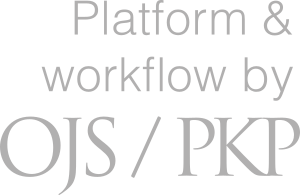Koulun turvallisuuskulttuuria arvioimassa
aineistona koulun turvallisuustoimijoiden ryhmähaastattelut
Keywords:
turvallisuuskulttuuri, fokusryhmähaastattelu, turvallisuuspuhe, perusopetusAbstract
School safety studies usually focus on the number of safety incidents or the monitoring of injuries. We carried out a one-year school safety intervention aimed at developing the school organization's safety culture. In this article, we describe the changes we observed after the intervention in the focus group interviews safety talk in the elements of safety management, prevention, competence assurance and social safety environment.
The theoretical framework was a set of criteria for self-evaluation of the safety culture in school. This model is called [anonymisoitu]. The model included four elements of safety culture and a five-step safety culture quality scale. We analyzed the semi-structured focus group interview data of 14 schools using theory-driven content analysis.
After the intervention, a change in operating culture was observed in the safety talk of the focus groups for all four elements. The most significant change was related to safety management. This was reflected in an increase in systematicity and the introduction of safety tools. After the intervention, closer interaction was observed, as safety measures had begun to be implemented with a team structure. Involvement of students in safety issues increased.
Furthermore, resources were used to collect and process safety incident data. This allowed for a proactive approach to safety management. At the heart of the change was the school's principal, who decided on and directed safety culture activities, but also participated in solving practical safety problems. Signs of success in safety management were proactive measures, a team structure in the allocation of tasks, and crossing organizational and administrative boundaries to promote security.






